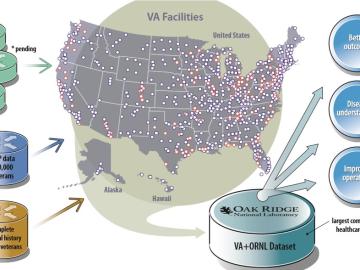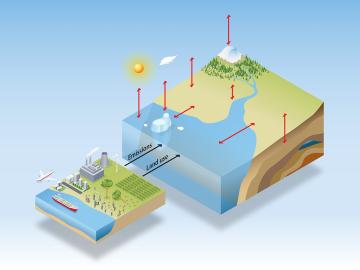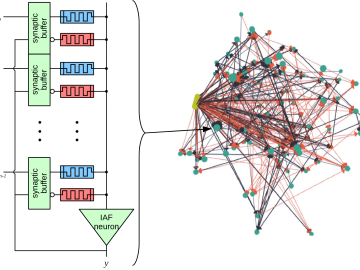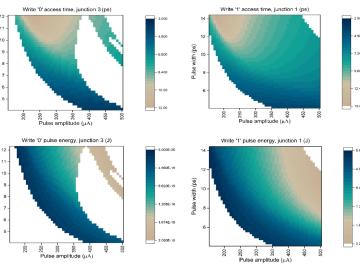Filter News
Area of Research
- (-) Electricity and Smart Grid (1)
- (-) Supercomputing (7)
- Advanced Manufacturing (9)
- Biology and Environment (8)
- Building Technologies (1)
- Clean Energy (43)
- Computational Engineering (1)
- Computer Science (3)
- Fusion and Fission (2)
- Isotopes (2)
- Materials (4)
- Materials for Computing (8)
- Mathematics (1)
- National Security (1)
- Neutron Science (4)
- Nuclear Science and Technology (1)
- Quantum information Science (1)
- Sensors and Controls (2)
- Transportation Systems (1)
Media Contacts

A method developed at Oak Ridge National Laboratory to print high-fidelity, passive sensors for energy applications can reduce the cost of monitoring critical power grid assets.

To better understand the spread of SARS-CoV-2, the virus that causes COVID-19, Oak Ridge National Laboratory researchers have harnessed the power of supercomputers to accurately model the spike protein that binds the novel coronavirus to a human cell receptor.

A new tool from Oak Ridge National Laboratory can help planners, emergency responders and scientists visualize how flood waters will spread for any scenario and terrain.


A new integrated computational model reduces uncertainty in climate predictions by bridging Earth systems with energy and economic models and large-scale human impact data. Co-developed by Oak Ridge National Laboratory, the novel integrated Earth system model, or iESM, leverages the power of supercomputers, including ORNL’s Titan, to couple biospheric feedbacks from oceans, atmosphere and land with human activity, such as fossil fuel emissions, agriculture and land use.

In a first for deep learning, an Oak Ridge National Laboratory-led team is bringing together quantum, high-performance and neuromorphic computing architectures to address complex issues that, if resolved, could clear the way for more flexible, efficient technologies in intelligent computing.






